Panasonic Lumix DMC-GH1 is now firmware hack for higher quality HD video recording and also with 12-megapixel SLR,LUMIX G Micro System,Live MOS sensor and many more….
Hybrids, compact micro four thirds or micro Reflex … Under a name still a little fuzzy, this new family of digital cameras (NPA) claimed his playground halfway between SLRs and compacts. Whatever the “Bridges”, fixed optical devices that were supposed to link these two worlds. Certainly for the moment there that a handful of players in this new segment.
SLR model, System camera without mirror and lens module with devices: Photographers who do not want to record snapshots have a choice between multiple camera device classes.
Panasonic has introduced its latest digital camera with the model Panasonic Lumix DMC-GH1.Panasonic Lumix DMC-GH1 is fully compliant with the Micro Four Thirds System standard, the LUMIX G Micro System combines a downsized body with advanced functions that achieve both easy operation and high quality.Panasonic Lumix DMC-GH1 is a 12-megapixel SLR camera.
The Panasonic GH1 can do some great video for its size, thanks to that fancy micro four-thirds optical setup, but it’s been held back the low bitrates it uses when recording. Now some enterprising hacker named “Tester 13” has reversed engineered the GH1’s firmware and unlocked the true power of the camera (much like Magic Lantern has done for the 5D Mark II). In fact, the main trouble now is that Tester 13’s firmware uncovers too many options: users are trying out different configurations to maximize quality without bumping into the camera’s buffer limitations.
Panasonic’s Lumix DMC-GH1 is the second model in the Lumix G range, following the original G1. Announced in March 2009 at the PMA trade show, the GH1 becomes the second camera to be based on the recent Micro Four Thirds standard, and the first to boast HD movie recording, unusually in the choice of either the 720 or 1080 formats.
A priori, for Michael Ponomarenko, product manager for Panasonic Lumix G, the characteristics of hybrid NPC predispose rather general public use: “These devices are not suitable for people who want to go into the specifics and technical details. Customers are interested in the compact. They feel frustrated by their limitations, including poor quality images in low light, or slow between two trips, “he says.
Micro Four Thirds addresses this by taking the sensor dimensions of the existing Four Thirds DSLR standard, but dispensing with the traditional SLR mirror and optical viewfinder to allow a much shorter lens to sensor distance; this in turn enables smaller and lighter cameras (and lenses) to be built. Micro Four Thirds employs a new lens mount, but can accommodate existing Four Thirds lenses via an adapter, albeit with some AF restrictions.
Panasonic Lumix DMC-GH1 digital camera features 4/3 type MOS (’Live MOS sensor’) that can record up to 1080/24p or 720/60p high definition videos, with continuous AF and a built-in Dolby Digital Stereo Creator for quality sound recording, VIERA Link networking, ISO 100-3200, and a 3.0″ TFT Multi-angle swing and LCD monitor.The Panasonic Lumix DMC-GH1 measures 124 mm x 90mm x 45 mm and weighs Approx. 385g / 13.58 oz.
The new Lumix GH1 is strongly based on the original Lumix G1, announced in September 2008: it shares the same body and controls, with the only external differences being a new record button on the rear and a slightly taller popup flash section to accommodate stereo microphones. Like the G1 (and other Micro Four Thirds cameras), the GH1 operates 100% in Live View, exclusively employing electronic composition with either the excellent quality Live View Finder, LVF, or a fully-articulated 3in / 460k screen. The quick and broad 23-area contrast-based AF system also remains here.
t’s not just the body that’s designed for video either: Panasonic has developed a new super-zoom kit lens for the GH1 specifically with video recording in mind. The new G VARIO 14-140mm lens boasts a 10x optical range that’s equivalent to 28-280mm, and Panasonic’s HD labelling which means it can adjust its focus and aperture quietly, along with supporting autofocus in the top quality 1080 mode. At the time of writing, the GH1 was only available in a kit with this lens, although you can still film video with other lenses, only with some AF restrictions and audible adjustments.
All-in-all it’s one of the most rounded and complete camera specifications to date and one which has understandably generated a great deal of excitement and anticipation. In our full review we’ll put the GH1 to the test and find out whether it can deliver the goods in practice and live up to expectations. The critical question for a camera of its class is how the video and stills capabilities compare to both DSLRs and the best compacts around, so we’ll pitch the GH1 against the Nikon D90 and Canon PowerShot SX1 IS to see how it measures-up
The current flavors of choice include 50Mbps MJPEG at 1080p (the stock camera caps out at 720p in MJPEG), to be augmented by 32Mbps AVCHD when the crazy high-end MJPEG causes the camera to buffer overflow. It’s all very technical and video-nerds-only in theory, but results speak for themselves: check out a sample video after the break. And try out the new firmware if you dare.
Resources :cameralabs.com,forum.xcitefun.net,engadget.com

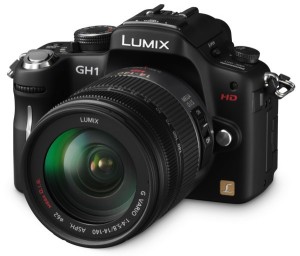
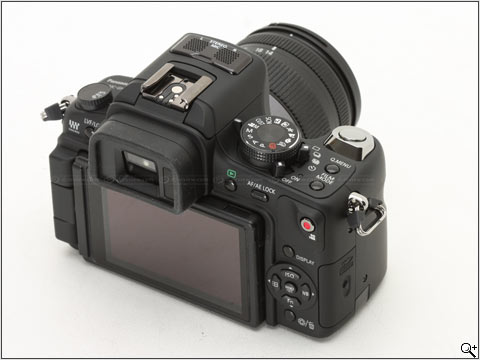
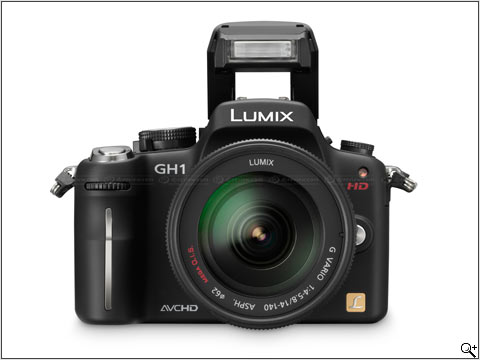
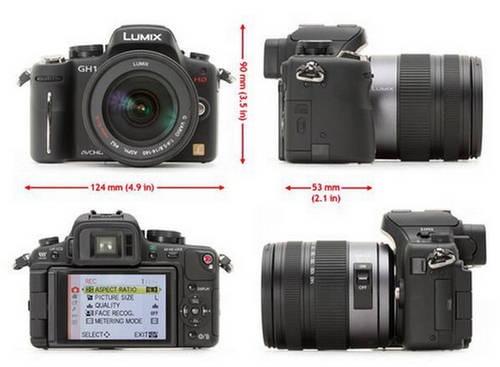
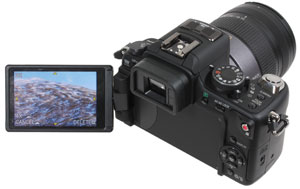
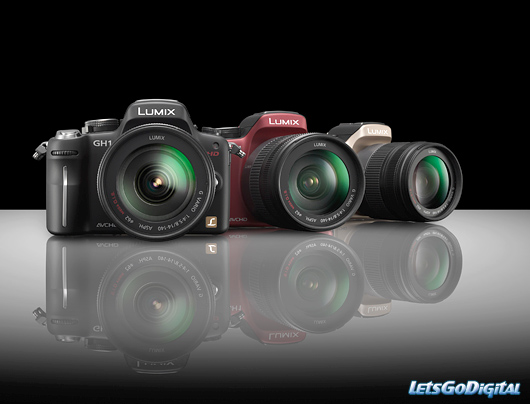
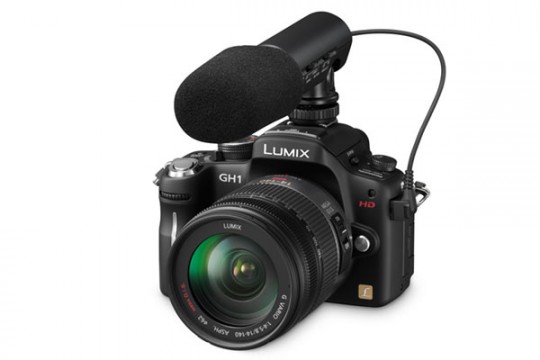
Pingback: Panasonic Lumix DMC-TS2 14.1 MP Waterproof Digital Camera with 4.6x Optical Image Stabilized Zoom with 2.7-Inch LCD (Silver) :The American Camera Hut
Pingback: Panasonic Lumix DMC-TS2 14.1 MP Waterproof Digital Camera with 4.6x Optical Image Stabilized Zoom with 2.7-Inch LCD (Orange) :The American Camera Hut
Pingback: Black Hard Case for Nikon Coolpix Digital Cameras :The American Camera Hut
Pingback: Panasonic Lumix GH1 Overview : Arts and Entertainment
Can you remove a firmware hack to the original Panasonic firmware?